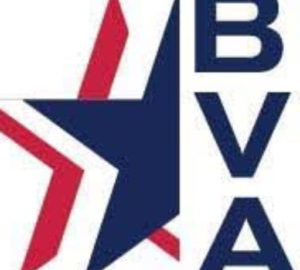 Rosie the Riveter Day, approved for observance by the United States Senate in 2017, honors the women who became the driving force behind the wartime production lines in factories and shipyards during World War II. Now observed on March 21, the day recognizes their contributions to the war effort and the impact they had on promoting gender equality and women’s empowerment.
Rosie the Riveter Day, approved for observance by the United States Senate in 2017, honors the women who became the driving force behind the wartime production lines in factories and shipyards during World War II. Now observed on March 21, the day recognizes their contributions to the war effort and the impact they had on promoting gender equality and women’s empowerment.
Behind the Senate action was a two-fold desire to encourage Americans to recognize and honor the achievements of women in the workforce and to remind them of the important role women have played in American history. Many tributes and homages have been paid to Rosie the Riveter over the years, and multiple iterations of the iconic image also exist. Tributes in popular culture have appeared in television commercials, a music video, a video game, a comic strip, Beyoncé dressed as Rosie in a publicity campaign, and a 2017 book chronicling the Rosie movement entitled The Women Behind Rosie the Riveter: Working for the U.S. War Effort.
Recent events celebrating Rosie the Riveter Day have included vehicle displays, food trucks, historical exhibits, and apparel that features women in blue coveralls, a blue work shirt, and a red bandana. Rosie the Riveter World War II Home Front National Historical Park is a United States national historic park located in Richmond, California, near San Francisco.
In Rosie the Riverter: Real Women Workers in World War II, a classic 14-minute documentary produced by the Library of Congress in the early 2000s, Sheridan Harvey explores the evolution of Rosie the Riveter and discusses the lives of real women workers in World War II. At the time of the documentary, Harvey was the Library’s Women Studies Specialist in the Humanities and Social Sciences Division and Senior Editor of American Women, a resource guide for the study of women’s history and culture in the United States.


